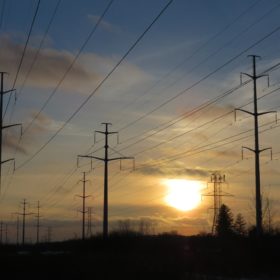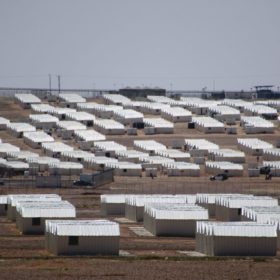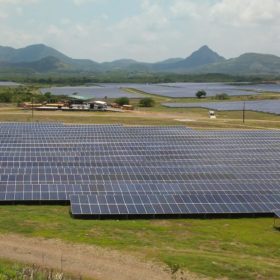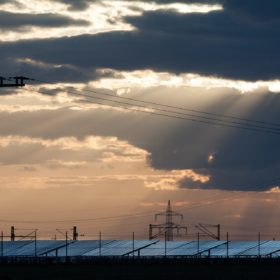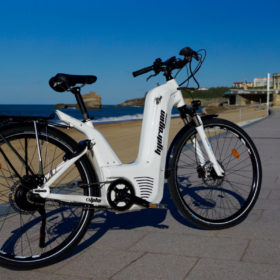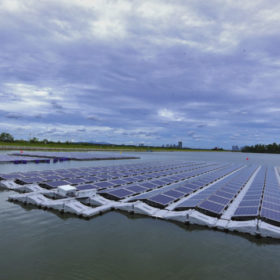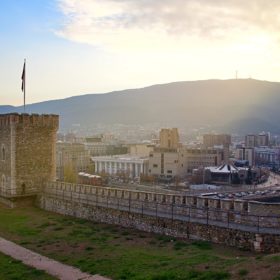High power prices, falling PV costs and new regulations behind Brazil’s solar carnival
The nation’s thriving distributed generation market is flying, as was evident at last week’s Intersolar South America trade show. The sector seems unconcerned by mooted changes to net metering incentives in the new year and when even an environmental non-believer like President Bolsonaro is on side, it is difficult to be pessimistic.
Solar-plus-storage vs grid enhancement
Ontario’s Independent Electricity System Operator will implement a pilot project for a future electricity market based on PV, storage and smart power consumption. The utility says the project will be a cheaper, more efficient alternative to expanding grid infrastructure.
Jordan launches tender for utility scale solar at Azraq town
When built, the 5 MW solar park will add to two other megawatt scale plants powering Azraq’s refugee camp. The project is expected to be developed with the support of the Spanish government.
Big money for Turkey’s 500 MW solar factory
With the Turkish government having given Kalyon Enerji another three years to build the 500 MW facility it won a tender to construct with former partner Hanwha Q Cells, Ankara has now committed a $333 million “super incentive” to the fab.
France added just 397 MW of solar in six months
At the end of June, France’s installed PV capacity topped 9.3 GW for a 4% increase on the figure recorded at the end of December. Only 397 MW of new capacity was put into operation, however, a much lower figure than the 490 MW deployed in the same period of 2018. Why?
PV waste: 28 tons collected in Panama and Senegal
The PV Cycle Association collects and recycles PV waste. Having treated more than 30,000 tons since its creation, it estimates 150,000 tons of PV modules will reach the end of their lifecycle by 2030.
Namibia and Botswana mull 20-year, 4.5 GW solar push
The governments of the two African nations are considering deploying huge volumes of generation capacity over two decades. The project, still in its initial phase, is being supported by the World Economic Forum’s Global Future Council on Energy.
Hydrogen-powered bicycles offer new electromobility concept
With the 200 hydrogen bikes offered to journalists and world leaders at the G7 summit in Biarritz proving popular, manufacturer Pragma Industries has received an order for 1,000 of them from Chilean president Sebastian Pinera. The company’s founder, Pierre Forté, wants the bike to have a societal impact in developing countries.
New Zealand’s largest solar farm to be built on water
Auckland’s electricity and water utilities will build New Zealand’s largest solar array on a wastewater treatment pond.
North Macedonia’s 35 MW solar tender attracts 82 bids
The government intends to build a 25 MW solar park in Sveti Nikole and a 10 MW facility in Makedonski Brod. The feed-in premium granted to the winning bids has been capped at €15/MWh.

